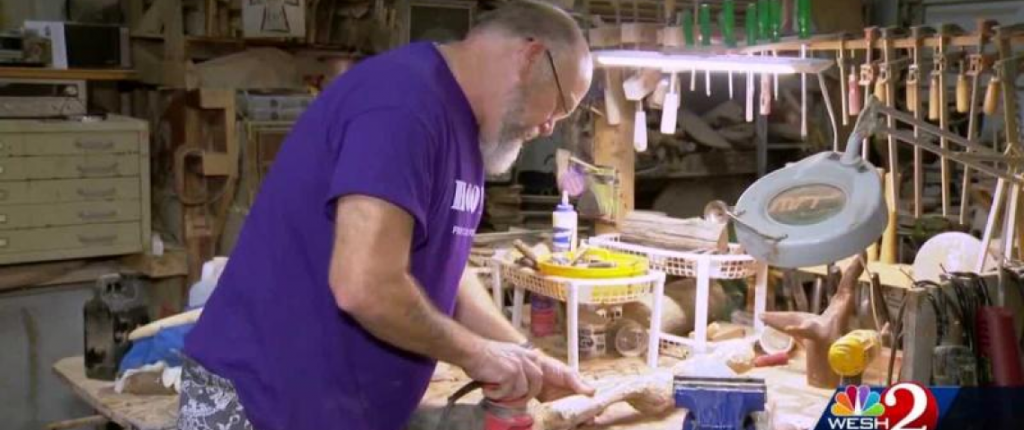At Hallmark Nameplate, we uphold strict safety and quality standards and are proud to maintain an ESD-Safe production environment from start to finish. Creating and maintaining state-of-the-art electronic components requires attention to detail and careful protection from electrostatic discharge. Both electronic components and the people who create and handle them require an environment that is perfectly designed to protect against the threat of electrical discharge. This includes protection designed to prevent both human body electrical discharges and charged device discharges that could impact delicate electronic components.
Electrostatic discharge can threaten any system component with integrated circuits or transistors. ESD damage occurs when two objects each maintain varying charges and is prevented by equalizing the charge among any person, workstation, or system unit. The sources of ESD include can people, equipment, and charged insulators:
- People: People can generate charges ranging from a few volts to thousands of volts during normal activities. ESD damage can result when a person comes into contact with a conductive item.
- Equipment: Moving equipment, such as conveyors and assembling machines, generate charges that can lead to ESD damage without proper precautions.
- Charged Insulators: “Charge by induction” occurs when fields from highly charged items have the potential to produce ESD events in devices without physical contact. Items made from plastics typically charge up and readily retain charges.
Creating an ESD-Safe environment requires several elements for successful implementation and development. The EOS/ESD Association is a professional and voluntary association responsible for advancing the theory and practice of electrostatic discharge avoidance. They recommend six basic principles for an effective control program, which include:
- Design: Design products and assemblies with protection from the effects of ESD.
- Define: Define the level of control required for your specific environment.
- Identify: Identify and define the electrostatic protected areas when ESD sensitive components will be handled.
- Reduce: Reduce electrostatic charge generation by working to eliminate processes that generate static, keeping processes and materials at the same electrostatic potential, and providing paths to reduce charge generation.
- Neutralize: Dissipate through grounding, ionization, and the use of conductive static control materials.
- Protect: Protect products with proper grounding and the use of static control packaging and material handling products.
ESD-Safe production environments, such as ours, ensure that each component remains safe from the time it’s unpacked until the products are finished and safely packed for shipment. Some methods of ESD control include grounding and ionization. Other safety measures such as personnel and moving equipment are also utilized to create the safest and most high-quality environment possible.
Grounding
For safe and effective ESD control, grounding should be regularly evaluated and defined. Grounding recommends a procedure to control and create a balance between all items and personnel. First, all elements of a workstation and personnel should be grounded to the same electrical ground point. This “common point ground” is known as “system or method for connecting two or more grounding conductors to the same electrical potential.” Secondly, the common point ground should be connected to the equipment grounding conductor so that all components of the workstation are brought to the same electrical potential.
Ionization
Many static control environments also include isolate conductors that are not grounded or cannot be grounded. Insulating materials, many of which are plastics, require ionization to neutralize their static charge and create a balanced source of positively and negatively charged ions. Ionizers are used when it’s not possible to properly ground items and as a backup to other static control methods.
Creating and maintaining a state-of-the-art ESD environment is essential for both product quality and safety. In addition to an ESD-safe production environment, Hallmark Nameplate proudly maintains ESD-safe workstations. This refers to the work area of a single individual that’s equipped with materials that limit the damage to all ESD sensitive electronic components and items.
At Hallmark Nameplate, we aim to provide our clients with the best technology and products. To create our top-of-the-line electronic components, several safety standards and processes must be followed. We carefully and safely create and handle all components from the beginning of production all the way through to shipment. Contact us today to learn more about our electronic assembly processes and products. We would be happy to discuss our safety standards and any other questions that you may have.




